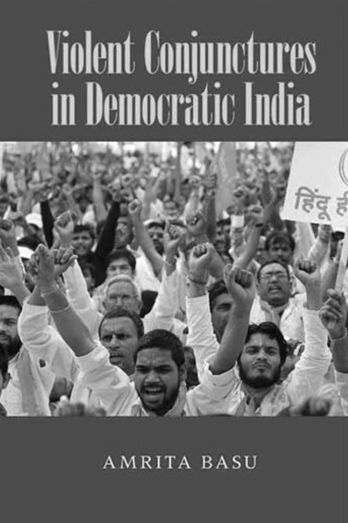Why are some parts of India more prone to Hindu-Muslim violence than others? That is the question that Amrita Basu takes up in her engaging, insightful yet not fully convincing book Violent Conjunctures in Democratic India. Why have States like Gujarat or UP seen so much violence, while Kerala or Andhra Pradesh experienced much less Hindu-Muslim strife—despite having almost similarly sized Muslim populations? This puzzle is quickly becoming a ‘classic’ in the study of Indian politics, as scholars such as Ashutosh Varshney, Steven Wilkinson and Paul Brass have also sunk their teeth in it. Their answers have been varied: Varshney attributes relative peacefulness to the existence of a strong civil society connecting religious communities, Wilkinson focuses on electoral incentives and argues that violence is unlikely where the ruling party depends on Muslim votes, while Brass attributes violence to the existence of local networks—he calls them ‘institutionalised riot systems’—that derive benefit from the violence. The answer that Basu develops in her book is closest to Brass’s, while also differing in a number of important respects.
October 2016, volume 40, No 10

